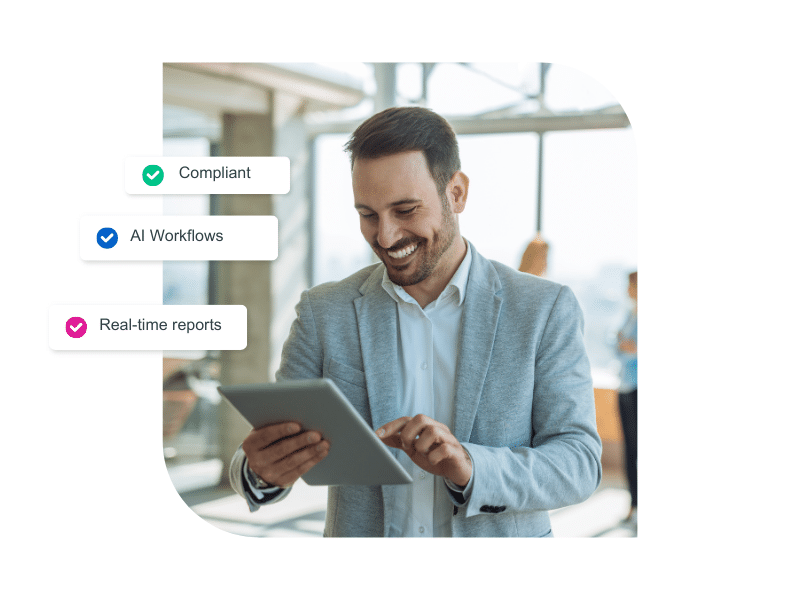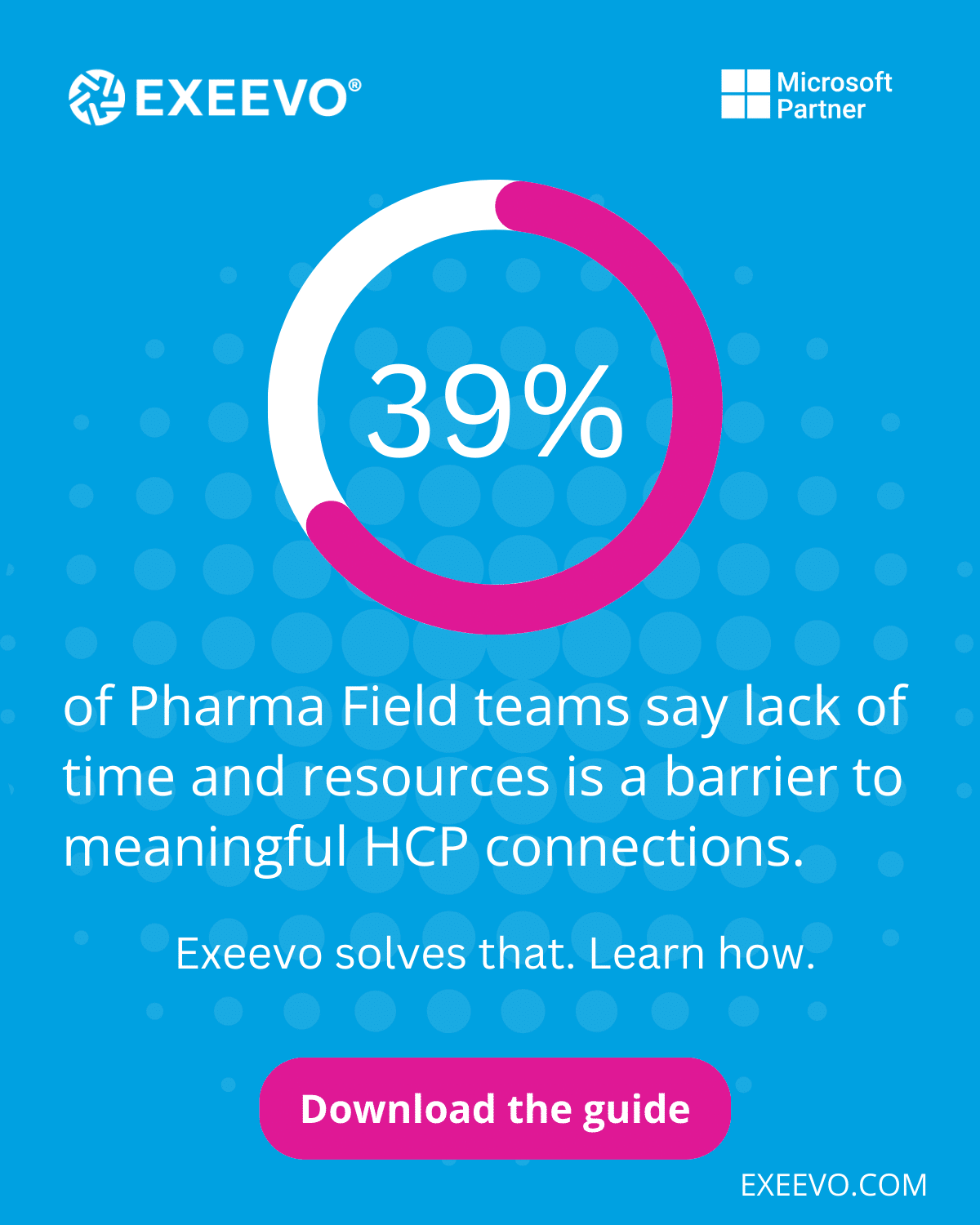In the life sciences industry, mastering life sciences events management extends beyond simply organizing meetings—fostering meaningful engagement, maintaining strict regulatory compliance, and delivering measurable impact. Unlike other industries, life sciences operates in a highly regulated landscape, requiring adherence to stringent guidelines set by regulatory bodies such as the FDA, EMA, and other regional authorities.
Scientific integrity, ethical considerations, and patient safety take precedence, demanding transparency, thorough documentation, and precise execution in all interactions. Engaging with healthcare professionals (HCPs), key opinion leaders (KOLs), and regulatory stakeholders necessitates compliance and accuracy beyond standard corporate events.
While many industries prioritize profitability, life sciences organizations must balance commercial success with improving patient outcomes, advancing medical research, and navigating complex market access requirements. These unique challenges call for specialized solutions, particularly in event management, CRM, and data analytics, ensuring every engagement is compliant, insightful, and strategically impactful.
- Essential Tips for Success
- 1. Prioritize Regulatory Compliance from the Start
- 2. Use Automation to Streamline Event Registration
- 3. Leverage data-driven decision making
- 4. Boost HCP Engagement with Multi-Channel Interaction
- 5. Optimize Hybrid and Virtual Events
- 6. Maximize Event Success with Post-Event Analytics and Feedback Loops
- Run regulatory-compliant events
Essential Tips for Success
Every detail matters whether you’re organizing a scientific congress, HCP advisory board, investigator meeting, or product launch. Life sciences organizations can maximize impact with the right strategies while avoiding common pitfalls.
Here are six key tips to ensure seamless and successful life sciences event management:
1. Prioritize Regulatory Compliance from the Start
Unlike other industries, life sciences events must adhere to strict regulations, including FDA, EMA, and Sunshine Act requirements. Non-compliance can result in legal consequences, reputational damage, and financial penalties. Use these best practices:
✅ Work closely with compliance teams to understand reporting requirements.
✅ Use event management software that tracks compliance, speaker payments, and HCP engagements.
✅ Automate transparency reporting to simplify post-event disclosures.
2. Use Automation to Streamline Event Registration
A complicated, manual registration process can frustrate attendees, create bottlenecks, and increase administrative work for organizers—especially in the highly regulated life sciences industry. Automating registration simplifies the process, improving efficiency, reducing errors, and enhancing the attendee experience. A seamless system should be fast, flexible, and fully integrated with compliance tracking, payment processing, and attendee management. How to optimize event registration with automation:
✅ Customize Workflows for Different Attendee Types
A one-size-fits-all registration process can cause inefficiencies. Life sciences events often require distinct workflows for HCPs, KOLs, sponsors, and internal teams. Using an intelligent event platform allows for customized registration forms, automated approvals, and tiered access levels to ensure compliance and seamless coordination.
✅ Offer Flexible Payment and Compliance Approvals
For paid events or sponsorship-driven registrations, ensure multiple payment options (credit cards, invoicing, and secure regional methods) while integrating automated compliance approvals for HCPs and industry stakeholders.
✅ Speed Up Check-In with Smart Technology
Long registration lines and inefficient check-in create poor first impressions. Leverage self-check-in kiosks, QR code scanning, and real-time badge printing to facilitate a frictionless entry experience while maintaining accurate attendance records.
✅ Automate Confirmation and Reminder Communications
Reduce no-shows with automated email and SMS notifications, providing attendees with check-in details, personalized schedules, venue maps, and compliance reminders.
✅ Integrate Data Across Systems for Seamless Event Execution
Syncing registration data with your CRM, marketing automation, and event apps ensures real-time updates, eliminating duplicate records and enabling personalized attendee engagement throughout the event lifecycle.
By automating registration, life sciences organizations can reduce administrative burdens, improve attendee experiences, and maintain compliance—all while optimizing conversion rates and streamlining event operations.
3. Leverage data-driven decision making
Event success isn’t just about flawless execution—it’s about measuring impact and optimizing future engagements. Without real-time insights, life sciences organizations risk making strategic decisions based on assumptions rather than data. A strong data-driven approach enhances HCP and KOL engagement, marketing effectiveness, compliance tracking, and overall event ROI. How to leverage data for smarter decision-making:
✅ Monitor Real-Time Attendance and Engagement
Track session check-ins, participation levels, and speaker interactions to assess event effectiveness. Live dashboards enable organizers to make data-driven adjustments to improve engagement in real time.
✅ Create Shareable Reports for Key Stakeholders
Provide pre-filtered reports with real-time updates for sponsors, venues, and compliance teams. For example, instantly share dietary requirements with caterers or attendance reports with compliance officers to ensure transparency.
✅ Measure ROI for Sponsors and Exhibitors
Demonstrate value to sponsors, exhibitors, and internal stakeholders by tracking booth visits, lead conversions, and session attendance. Data-driven insights increase sponsor retention and future investment in your events.
✅ Analyze Historical Registration Data for Optimization
Identify trends in HCP registration behaviors to refine pricing strategies and messaging and form complexity, leading to increased attendance and better conversion rates.
✅ Refine Post-Event Surveys for Actionable Insights
Ditch generic feedback forms. Use dynamic surveys tailored to different audience segments, such as KOLs, HCPs, and internal teams, to capture meaningful insights for future improvements.
4. Boost HCP Engagement with Multi-Channel Interaction
HCP attendee engagement is the key to a successful life sciences event—without meaningful interaction, even the most carefully planned sessions can fall flat. Engaged attendees stay longer, participate more actively, and contribute to a dynamic, knowledge-sharing environment. To achieve this, modern event management must leverage multiple channels to create interactive experiences before, during, and after the event with these tactics:
✅ Branded Event Apps for Personalized Experiences
A unified event app centralizes information and enhances networking. Attendees can build personalized agendas, receive real-time updates, and connect with peers through in-app messaging—ensuring a seamless and interactive experience.
✅ Live Polling and Interactive Q&A
Encourage participation with real-time polling and moderated Q&A sessions. Engaging attendees with scientific discussions, industry trends, and regulatory updates makes sessions more impactful and encourages knowledge exchange.
✅ Gamification and Incentives
Increase engagement by incorporating leaderboards, quizzes, and challenges. Gamification drives participation and provides an interactive learning experience, ideal for training sessions, advisory boards, and congresses.
✅ AI-Powered Meeting Matching
Facilitate intelligent networking by connecting attendees with similar interests or professional goals. HCPs, KOLs, and industry experts can be matched based on preferences, enabling high-value discussions.
✅ Multi-Format Content for Diverse Learning Styles
Combine live presentations, pre-recorded sessions, and interactive roundtables to cater to different audience preferences. Offering on-demand access ensures attendees can revisit key insights long after the event concludes.
5. Optimize Hybrid and Virtual Events
For life sciences organizations, hybrid and virtual events must provide a seamless, inclusive experience for in-person and remote attendees. Poorly executed hybrid models can leave virtual participants feeling disconnected, limiting engagement and knowledge-sharing. Success depends on equal access to content, networking, and participation opportunities—regardless of location. Incorporate the best practices below:
✅ Leverage Immersive Virtual Platforms
A simple webinar isn’t enough. Use interactive virtual environments, 3D exhibitor booths, and AI-driven networking lounges to engage remote attendees as effectively as in-person participants.
✅ Ensure High-Quality Streaming and On-Demand Access
Invest in secure, reliable streaming to prevent lag or disruptions. Providing on-demand access ensures attendees across different time zones can consume content conveniently.
✅ Facilitate Hybrid Networking
Enable seamless connections between virtual and in-person attendees using AI-powered matchmaking, virtual meetups, and integrated chat tools. Encouraging cross-platform networking helps bridge the gap between physical and digital experiences.
✅ Balance Engagement Across Audiences
Ensure interactive features like live Q&As, real-time polling, and breakout rooms are equally accessible to remote and in-person participants to maintain engagement and inclusivity.
To connect HCPs, KOLs, and industry leaders across global markets, hybrid and virtual events are essential for life sciences companies.
6. Maximize Event Success with Post-Event Analytics and Feedback Loops
An event’s impact doesn’t end when the last session concludes. Post-event analysis and structured feedback loops are essential for measuring success, refining future strategies, and maximizing long-term engagement. Without a data-driven follow-up process, valuable insights may be lost, reducing the opportunity to improve future events. What to track and why share reporting
✅ Track Real-Time Attendance and Engagement
Go beyond basic registration numbers—analyze session participation, speaker interactions, and audience engagement levels to understand event success.
✅ Provide Sponsors and Stakeholders with Performance Reports
Demonstrate ROI to sponsors and exhibitors with detailed reports on virtual booth traffic, lead generation, and attendee engagement—helping to secure future partnerships.
✅ Extend Event Impact with Content Monetization
Maximize event value by offering on-demand access to session recordings, exclusive content, or interactive post-event discussions to maintain engagement long after the event.
✅ Use Data for Continuous Improvement
Analyze historical event data to identify patterns, attendee preferences, and engagement trends, refining future event strategies for more significant impact.
How Exeevo Solves Life Sciences Event Management Challenges
Managing events in the life sciences industry requires a unique approach—balancing compliance, engagement, technology, and analytics while ensuring a seamless experience for HCPs, KOLs, sponsors, and internal teams. Traditional event management solutions often fall short due to complex regulatory requirements and the need for high-impact interactions.
Exeevo’s event management platform is designed specifically for life sciences organizations, addressing their unique challenges and delivering a fully integrated, compliant, and data-driven solution.
✅ End-to-End Compliance Management – Automates transparency reporting, HCP approvals, and regulatory tracking to ensure events meet global compliance standards such as FDA, EMA, and Sunshine Act requirements.
✅ Automated Registration and Seamless Check-In – Streamlines registration with custom workflows, AI-driven attendee approvals, and real-time integrations with CRM and compliance systems.
✅ Advanced Data and Analytics for Continuous Optimization – Provides real-time dashboards, post-event insights, and ROI tracking to optimize engagement, measure performance, and enhance future event strategies.
✅ AI-Powered Engagement Tools – Enhances attendee experience with interactive content, personalized event journeys, gamification, and virtual networking tools tailored to HCPs and industry stakeholders.
✅ Seamless Hybrid & Virtual Event Execution – Ensures equal access to content, networking, and participation opportunities for in-person and remote attendees, creating a fully immersive event experience.
By leveraging Exeevo’s event management platform, life sciences organizations can reduce administrative burdens, enhance engagement, ensure regulatory compliance, and drive more significant ROI. Whether hosting a scientific congress, investigator meeting, or product launch, Exeevo delivers a more innovative, efficient way to manage life science events—helping companies transform their engagement strategies and maximize impact.
Discover how Exeevo can help here.
Related blogs

14 hidden IT costs of Veeva and Salesforce
Life sciences organizations implement CRMs like Veeva or Salesforce—only to be unpleasantly surprised by an expensive hidden …

Mastering Life Sciences Events
In the life sciences industry, mastering life sciences events management extends beyond simply organizing meetings—fostering …
Run regulatory-compliant events
Exeevo eliminates the complexity of managing conferences, congresses, and HCP meetings, ensuring seamless execution, compliance, and engagement. Experience the power of Exeevo’s life sciences event management platform with a personalized demo and discover how to create impactful, compliant, and high-value events with ease.


